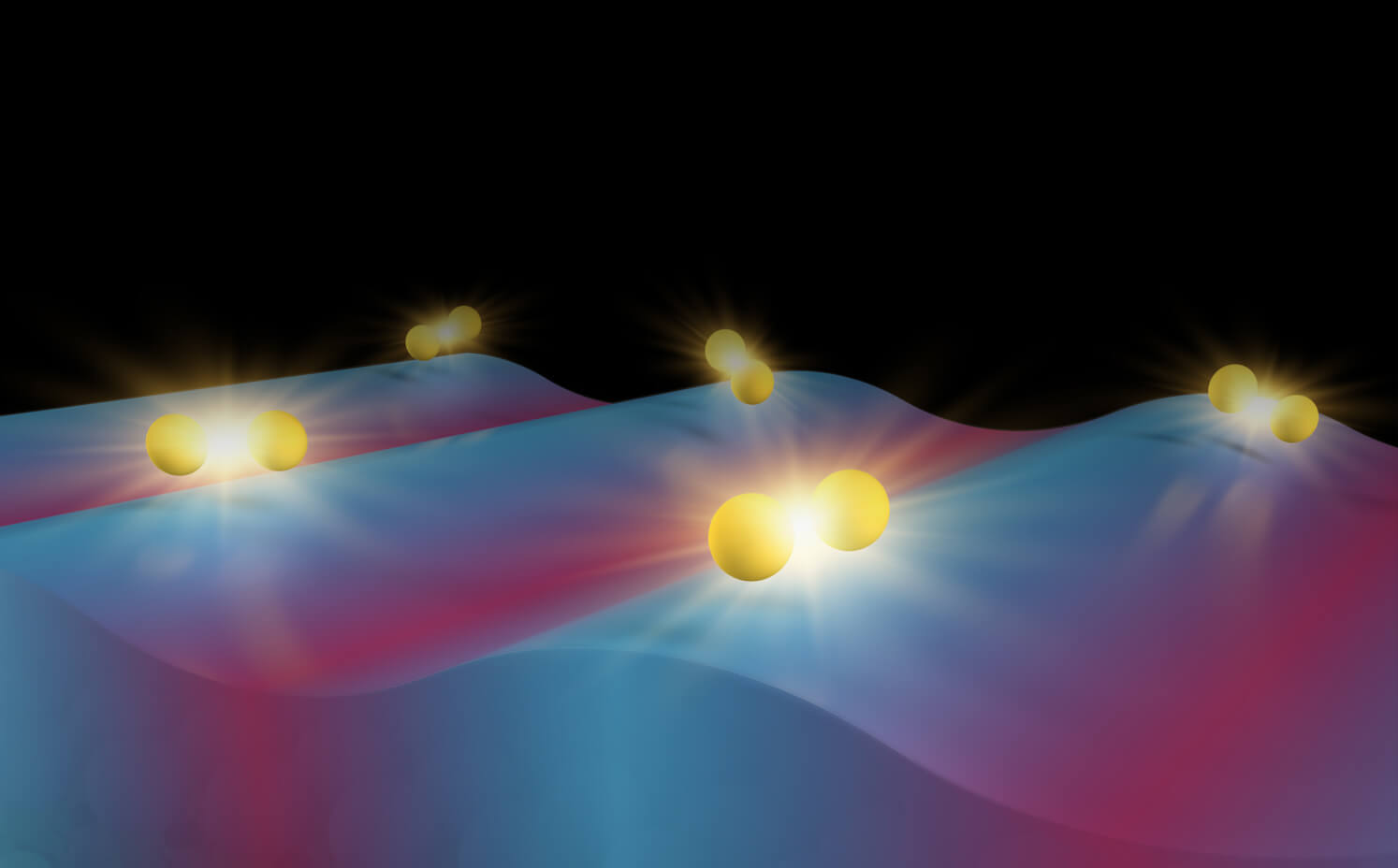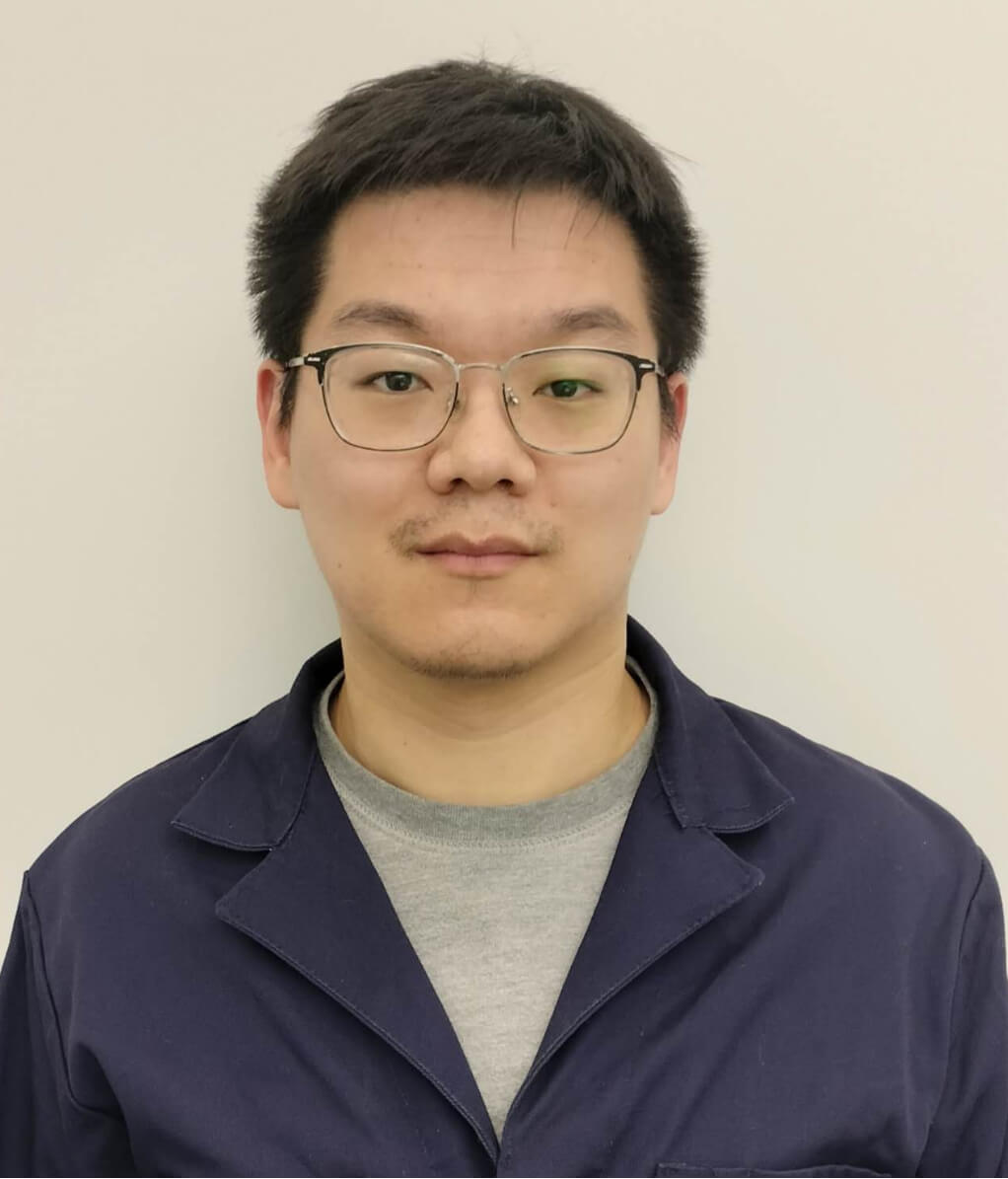COLLOQUIUM 2024
A tale of two Pair Density Wave (PDW) states in a magnetic superconductor
| Speaker | He Zhao, Brookhaven National Lab |
| Date/Time | Wednesday, 15 May, 3PM |
| Location | Conference room: S11-02-07 |
| Host | Asst/Prof Anjan Soumyanarayanan |
Abstract
Most known superconductors are characterized in equilibrium by a complex order parameter that is uniform in space. Yet, under specific conditions, an extraordinary superconducting state known as the Pair Density Wave (PDW) state can emerge. In this state, Cooper pairs possess a finite center-of-mass momentum and exhibit a non-uniform equilibrium order parameter. These spatially dependent order parameters can generically exhibit variations in either their amplitude, phase or a combination of both. Using Spectroscopic Imaging Scanning Tunneling Microscopy (SI-STM), we have identified two primary PDW states in a magnetic iron-based superconductor, EuRbFe4As4 (ER-1144), which intrinsically consists of alternating layers of superconducting and magnetic properties. After describing these fascinating materials, I will outline how pushing the limits of current scanning probe microscopy techniques will empower us to uncover and describe novel emergent phenomena and exotic quantum states in the realm of strongly correlated quantum materials and devices.


Biography
He Zhao currently serves as a postdoctoral researcher in the group led by Prof. Abhay Pasupathy at Brookhaven National Laboratory (BNL). Prior to joining BNL, he earned his Ph.D. degree from the group led by Prof. Ilija Zeljkovic within the Department of Physics at Boston College. His research focus revolves around the investigation of various quantum materials, encompassing cuprates, iron-based superconductors, iridates, kagome superconductors, and more.
While working with the Zeljkovic group, He conducted experimental research utilizing advanced techniques such as Spectroscopic Imaging-Scanning Tunneling Microscopy (SI-STM) and Molecular Beam Epitaxy (MBE). He is keen on advancing novel techniques, with a notable accomplishment being the development of Spin-Polarized STM (SP-STM). His contributions resulted in several publications, including one in Nature, three in Nature Physics, as well as one publication each in Nature Materials, Science Advances, and Physical Review B.
Upon his transition to BNL, He developed a deep fascination for unconventional superconductivity, particularly in relation to Pair Density Wave (PDW) states within magnetic iron-based superconductor and the emergent physics within colaminated nanodevices. As lead author, his work on PDW led to a publication in Nature in 2023, with another paper currently under review.
